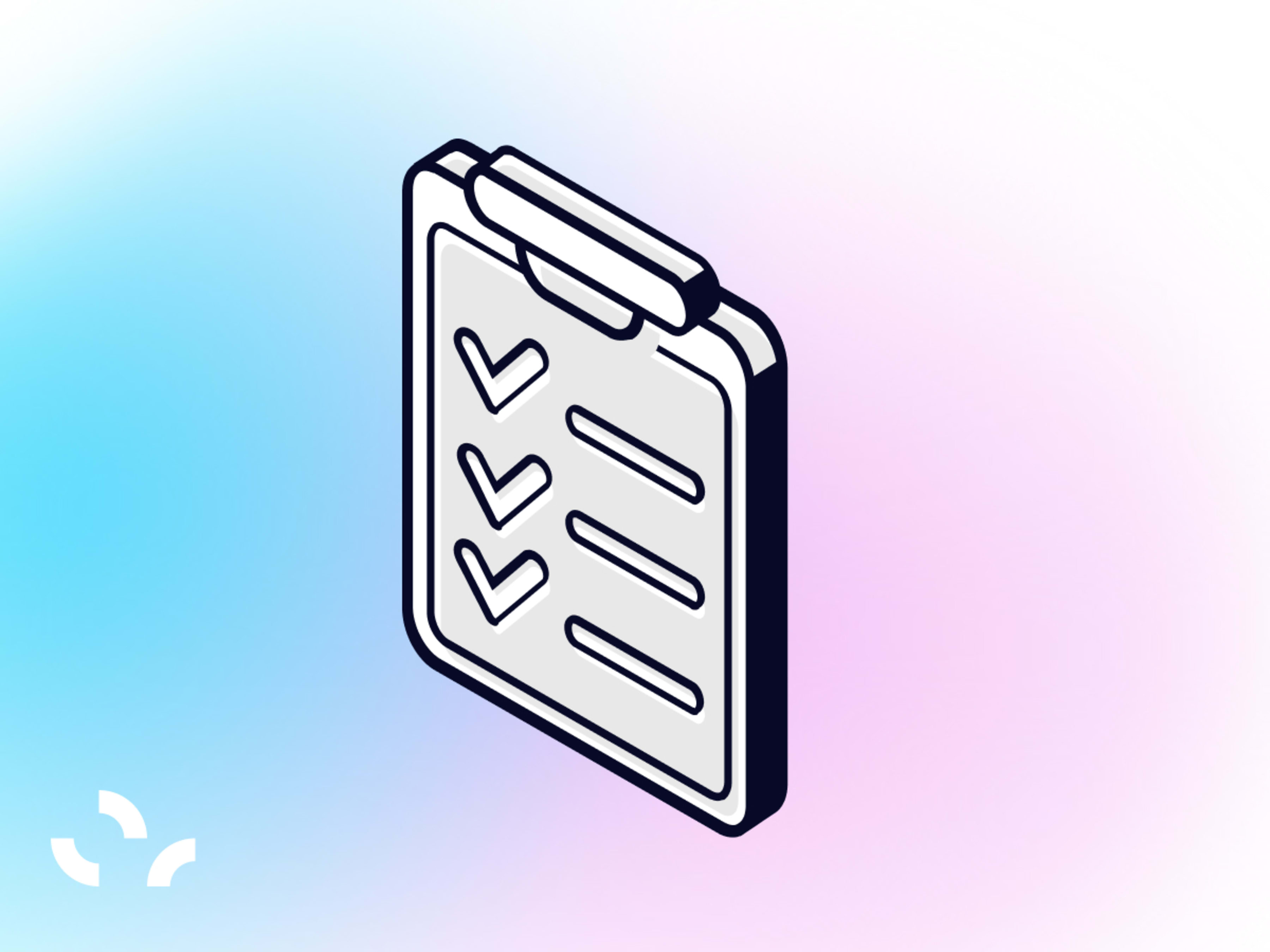How to choose a remote temperature monitoring system

Adam Hartmann-Kruckow
Having a reliable remote monitoring setup lets you spot and handle deviations fast, reduce workloads, and lower risks to products. But how do you choose the best remote temperature monitoring system for your requirements and operations? Learn what to look for in a remote monitoring system built for GMP, GDP, and other GxP environments – and a free comparison checklist.
Download an easy overview of what to look for in a remote monitoring system

Also read: Complete guide: Remote temperature monitoring
Finding the right remote temperature monitoring system can feel overwhelming. There is a lot of overlap between vendors, and even more buzzwords. But if you are working in a regulated environment, the stakes are too high to just compare features.
This guide breaks down what to look for in a system designed for Good Manufacturing Practice and Good Distribution Practice workflows – plus where many teams go wrong.
Also read: How to master temperature monitoring in critical environments
Where should I start when choosing a remote monitoring system?
Starting your evaluation with a technical spec sheet might feel objective, but it misses the point. Most systems today can log temperatures. What matters is how well the system fits your compliance needs, existing workflows, and daily operations.
Before shortlisting vendors, ask:
- Who will use the system, and how?
- What type of deviations happen most often in your setup?
- Do you need mobile access for off-site teams or after-hours?
- What does your audit trail and documentation process look like?
Understanding your real-world use case helps you filter out nice-to-have features from must-haves.
What questions should you ask vendors when comparing remote systems?
Once you are evaluating remote monitoring solutions, dig deeper than the brochure.
- What happens if the Wi‑Fi fails? Can the system still log and later upload data? How long will it store readings offline?
- Who receives alarms, and when? Can you customize alarm paths based on severity, schedule, and recipient role?
- Can we access data during an audit – in three clicks or less? Many systems store data, but few make it truly accessible during inspections.
- How much setup and training does it take? What does deployment look like across multiple locations?
- Does it help us stay compliant – or just store data? Look for systems that actively support Good Manufacturing Practice workflows with validation, standard operating procedures, and built-in deviation tools.
- Can it grow with us? Does the vendor offer mapping, calibration, and full monitoring on one platform? Can the system scale across new sites or regions?
Instant overview of the 10 things to look for in a remote temperature monitoring system


10-step checklist
What to look for in a remote temperature monitoring system
Get an easy overview of the most important features and compliance capabilities to evaluate in a remote monitoring system.
What are the most common mistakes when choosing a remote monitoring system?
It is easy to fall into the trap of choosing based on cost or features alone. But a remote temperature monitoring system must do more than monitor – it needs to support compliance, scale across locations, and simplify audits.
Some of the most frequent missteps include:
- Prioritizing “cheapest option” over compliance alignment
- Buying monitoring, calibration, and mapping tools from separate vendors
- Not considering how the system will be used across multiple sites
- Underestimating the time and resources needed for audits
- Choosing based on specs alone – not workflows or real-world needs
Also see: Temperature monitoring probes for GxP
How do I know if I am looking at the right system?
The best systems are those that feel invisible once implemented. They reduce work, improve visibility, and fit naturally into both quality and operations workflows.
A few signs you are on the right track:
- You can see live data, deviations, and last calibration in one place
- Reports are downloadable in a few clicks – without IT help
- The interface is simple enough for operations, but robust enough for quality
- There’s a clear validation path, including documentation support
- The vendor offers ongoing support – not just software
Frequently asked questions about remote monitoring systems
What is a simple way to compare different monitoring systems?
Use our 10-step checklist to understand what to look for in a remote temperature monitoring system and guide your selection process.
10 simple steps to evaluate remote monitoring systems.
